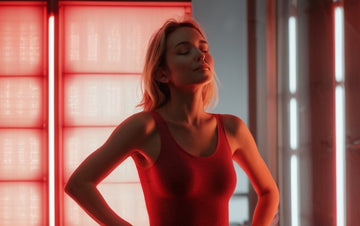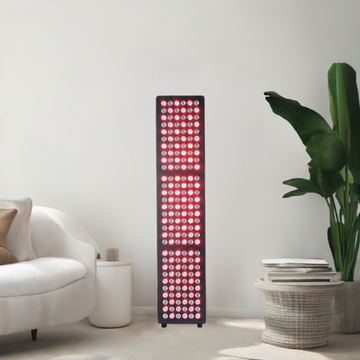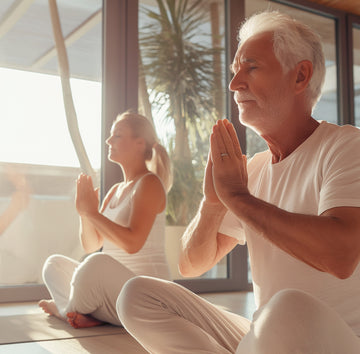Large Red Light Therapy Panel, 180 LEDs, 5 Wavelengths

Large Red Light Therapy Panel, 180 LEDs, 5 Wavelengths
Features
- 5 Wavelengths (630nm, 660nm, 810nm, 830nm, 850nm)
- Irradiance at 6 inches: >170mW/cm²
- 180 LEDs
- 900 Watts
- Flicker Free Light
- Beam Angle: 30°
- Dimensions: 910mm x 195mm x 60mm
- Weight: 8 kg
- Work Temperature: -20°C to 40°C
- Lifespan: 100,000 hours
- Warranty: 2 years
Installation Configurations
- Use Standalone
- Use Wall-mounted
- Use with a Base stand
- Use with Roller Stand
Red & Near Infra-Red (NIR) Light Therapy offers clinically proven results triggered by cellular transformation. It is a revolutionary, safe, UV-free, non-invasive, budget-friendly, at-home therapy.
Red (630nm, 660nm) & NIR (810nm, 830nm, 850nm) wavelengths penetrate the subcutaneous layer and musculoskeletal tissue, and promoting a cascade of red light benefits in as little as 10 minutes a day.
Therapy Panel Stands
All About Our Product

IMPROVED PERFORMANCE
Increased blood flow reinvigorates systemic effects to carrying the energy produced at the cellular level to whole body; improving;
- Muscle strength
- Endurance
- Athletic performance

Ultimate Health Transformation
Our Medical Grade Red Light Therapy Panel offers powerful, at-home treatment.
Heal, energize, and revitalize with Piri Red's Large Panel, up to 170.5 mW/cm2 combined irradiance with Red & Near Infrared Focused Body Therapy.
Order Now with 10% Welcome Discount!

OPTIMIZED HARMONY
Consistent therapy sessions stabilize a higher level of cellular oxygen; and improve
- Cognitive functions
- Circadian rhythm
- Sleep cycles
- Longevity









































